Torus and lotus
Last year I posted about the gameboard designs we’re using in the Museum form of Sembl.
On those boards, each team starts with their own seed node – so on the hex board there are a whopping six nodes not created by players. I wanted less space to be taken up on the board by the seed content, to leave more space for the player-generated content. Conceptually and logistically, it also simplifies entry to the game if everyone focuses at first on a single node.
So I made two new boards, for four and six teams, where each team begins from the same node. In Round 1, the game expands, in Round 2 it contracts, and then in Round 3 there’s only one or two nodes left to claim. Because of this opening out and then closing in, I call these the Torus boards.
- For four teams
- For six teams
Having built a fancy Graffle-gameboard converter, the trusty lads over at Secret Lab were able to easily provide new gameboards for us to play in the iPad game. The two Torus boards fast became our favourites. Here’s what the Torus 4 looks like in The Museum Game:
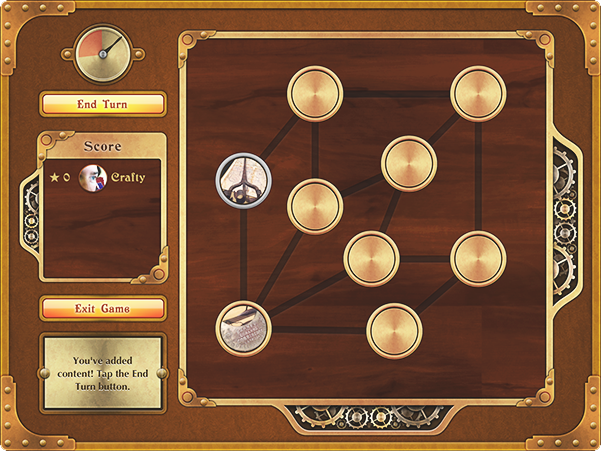
But last night I realised I’m still disappointed in those designs, because they’re not really, truly, toroidal – because you don’t actually end up where you started. I realised that the Round 3 node/s should link back to the seed item, like this:
- For three teams
- For four teams
- For five teams
- For six teams
Because how could I not, I call these latest boards the Lotus series and I can’t wait to put them through the Graffle gameboard-o-matic. I sure hope it can handle curves and crossovers.
[edited 15 July to add the following…]
Turns out crossovers are fine but curves demand engineering we can’t prioritise. So… here again with straight lines:

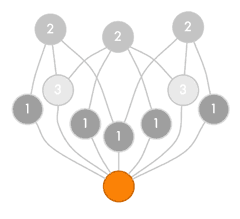
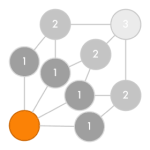
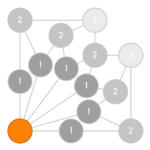








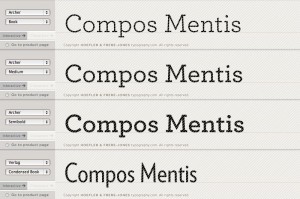
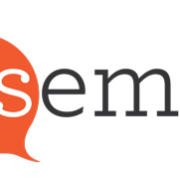
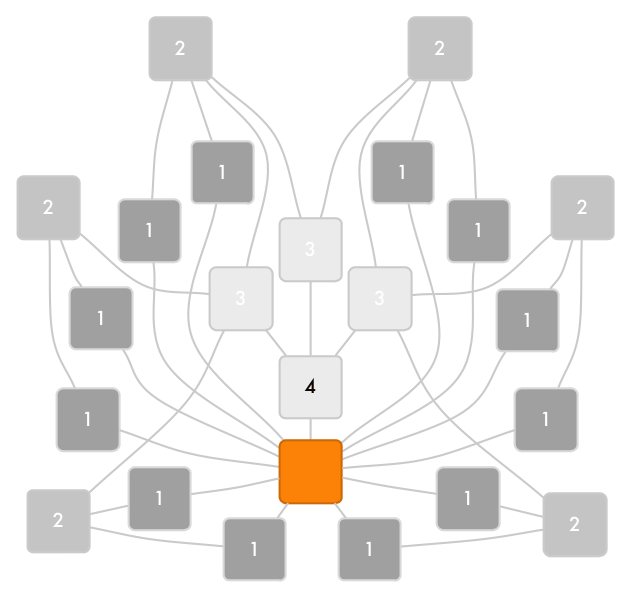

It’s a little sad we can’t have curved lines on our boards quite yet, but good that crossovers are possible. I love how different your design sense is from mine, Cath, there’s always something new to ponder!